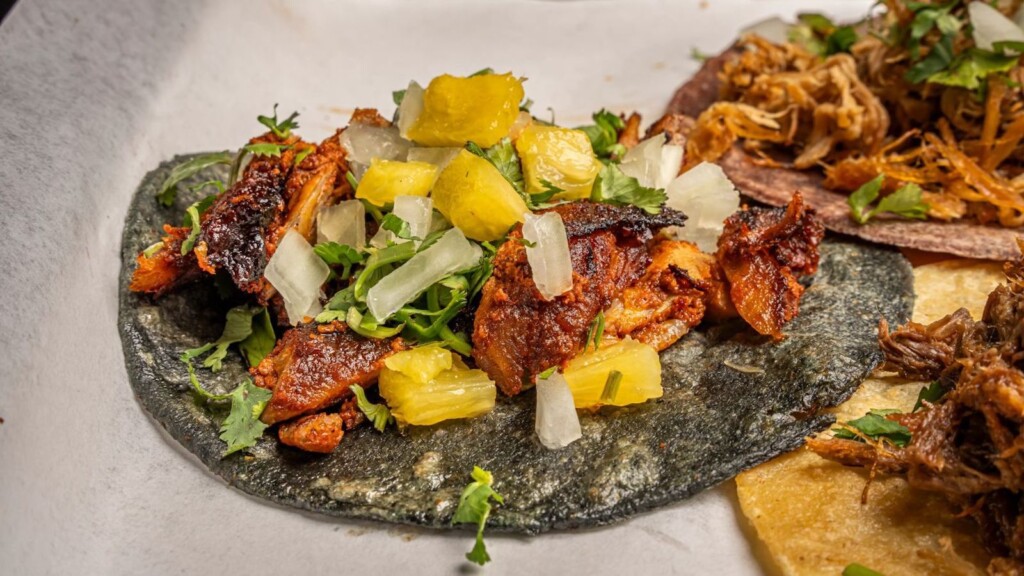 Utah is a unique place to grow gardens or be a farmer, mostly because of our unique altitude, geography and geology. Our highest point is 13,528 feet above sea level and our lowest point is merely 2,000 feet with a mean of 6,100 feet of elevation. According to the extremely nerdy ‘U.S. General Soil Map,’ we have actual soil orders, ranging from alfisols and entisols, inceptisols, to aridisols.
Utah is a unique place to grow gardens or be a farmer, mostly because of our unique altitude, geography and geology. Our highest point is 13,528 feet above sea level and our lowest point is merely 2,000 feet with a mean of 6,100 feet of elevation. According to the extremely nerdy ‘U.S. General Soil Map,’ we have actual soil orders, ranging from alfisols and entisols, inceptisols, to aridisols.
City folk simply love ourselves a ‘salsa’ garden, where we pick some pots or a patch of yard and plant tomatoes, peppers and cilantro each summer. The unwitting urbanite will plant zucchini and many other types of squash that will be left in unmarked bags on neighbors’ porches during harvest season because they did not have any clue that these plants love our Wasatch Front weather.
Utah’s largest ag crop is hay, which is used to feed our beef and dairy cattle. There are cash crops of wheat, barley, oats and corn, (also for feed) and fruits such as apples, cherries, peaches and pears. Commercial farmers also grow potatoes, dry beans, onions, mushrooms and safflower.
One part of our agriculture industry that is uber important, but rarely recognized, is our greenhouse and nursery industry that grows potted plants and ornamental shrubs. We live in such a specific climate zone where gardeners can only grow certain types of plants, and someone has to grow them if you’re going to get them at your local plant nursery. This is similar to the new greenhouse industry that has popped up all over neighboring Colorado.
Utah is still in denial about the illegal industry of marijuana farms scattered throughout the state. Way back in 1997, NORML.org found that Utah’s marijuana crop was the #2 cash crop in the state, just under hay production.
Although the group didn’t point out where the farms were located, it did report that while hay was costing $85.5 per ton, and wheat and barley between $2.3-$3.6 per bushel, marijuana was bringing in $2,544 per pound. Our Colorado neighbors (who are high in more than just altitude) had 270 legal commercial growers for 85 stores in 2015, and yet in 1997, NORML.org found that marijuana was only the fourth biggest crop in the state.
My, how times have changed. Colorado reported that legal marijuana sales totaled $1 billion dollars, with $70 million of that being taxable revenue to the state coffers. Now that’s a lotta hay.
In 2014, Gov. Herbert signed HB 105 into law, making Utah the first state to legalize CBD (cannabidiol) oil. Utah’s Department of Agriculture here grows low-THC industrial hemp for the purpose of producing cannabis oil for medicinal purposes, and you can now buy it in stores.
Babs De Lay is a broker with Urban Utah Homes & Estates





